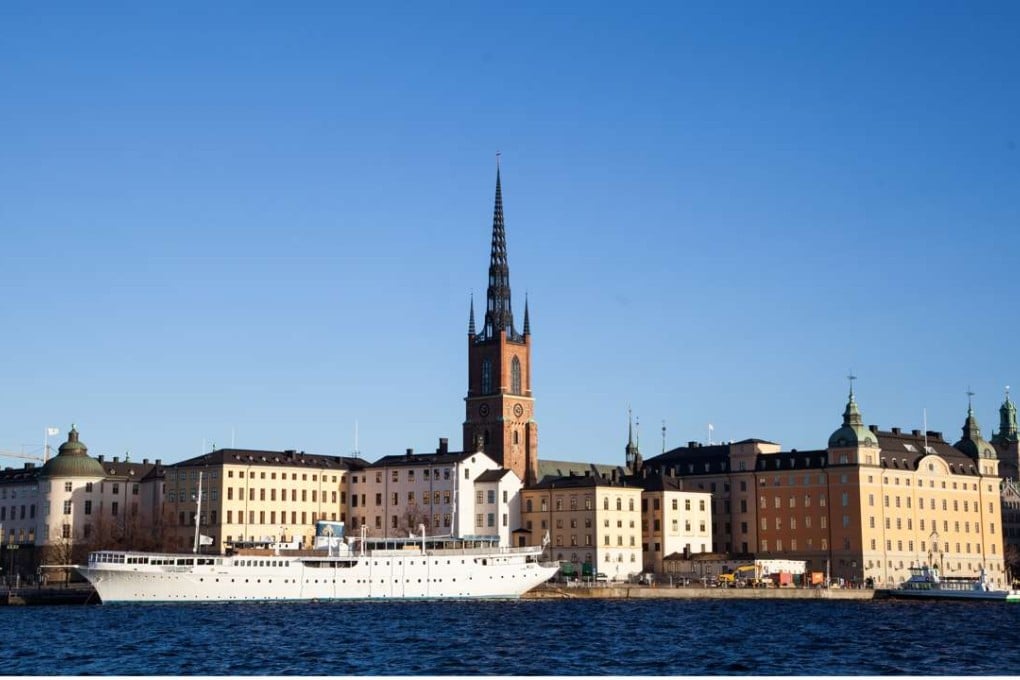Stockholm’s vibrant, glorious public spaces are a riot of colour and culture
While inhabitants of the Swedish capital may prefer their fashion palette muted, their public spaces are a riot of colour and culture

On December 10, New York’s punk-poet laureate, Patti Smith, accepted the Nobel Prize for Literature on behalf of Bob Dylan, performing a sparse but moving arrangement of his A Hard Rain’s A-Gonna Fall at Stockholm Concert Hall.
Smith had planned to sing one of her own tunes – she had, after all, accepted the Nobel Foundation’s invitation to perform as early as September, before Dylan had been announced as winner. The veteran art-rocker accepted the invitation while attending the opening of an exhibition of her photography in the Swedish capital.
“Eighteen Stations”, a companion show to Smith’s meandering 2015 memoir M Train, is a deeply personal reflection on the act of artistic creation, and typical of the many offbeat and intriguing surprises that Stockholm’s art scene gleefully throws up in the 21st century. Running until February 19, the exhibition is being held in a venue that, for the uninitiated, could be dismissed as just a huge and faceless shopping mall.

Stockholm’s Kulturhuset (“house of culture”) is a city-centre building of five floors that opened in 1974, one of northern Europe’s largest cultural institutions and a publicly funded hive of creativity housing libraries, a theatre, a cinema and spaces for art, dance and music events, lectures and debates. The vision of its architect, Peter Celsing, was for the Kulturhuset to be open to everyone. “I am building for a new human being that has to come,” he said of his brutalist creation. Its all-glass frontage shows off the building’s core structure, with large and exposed-concrete planes, and offers a transparent view into the interior after dark – which comes at about 3pm in winter.
